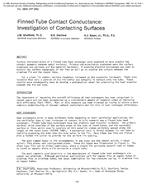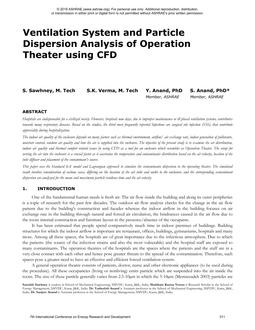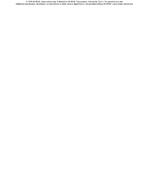For 40 years, dating back to the adoption of insulation requirements for residential buildings in 1974, the City of Seattle has had strong policies to support energy efficiency in buildings. While Seattle has followed the progress of national standards, Seattle has sought greater energy efficiency. From a Seattle public advisory group recommendation in the late 1970s for a 20% energy savings in the building envelope compared to ASHRAE Standard 90-75 to a Seattle City Council resolution in 2001 requiring that city staff bring forward amendments for each update to the Seattle Energy Code to achieve a 20% total building energy savings compared to the latest version of ASHRAE/IES Standard 90.1, the incorporation of advances in the energy efficiency of fenestration products has been a key component.
To achieve the energy savings expected, there has been dedicated effort on implementation and seeing what lessons can be learned.When the 1986Washington State Energy Code specified thermal testing of fenestration products and no entity was compiling such information, Seattle required manufacturers to submit their test reports and published a list of tested product performance. By 1991, Client Assistance Memo 403 had grown to include close to 1000 products. Seattle analysis of the test results then revealed anomalies. Lack of sufficient oversight of the testing laboratories and credibility concerns subsequently led to the founding of the National Fenestration Rating Council (NFRC).
In the 20 years since NFRC published Technical Procedure 100 for rating fenestration product U-factors in 1991, the NFRC rating procedures have been embraced by federal law and adopted into national energy standards and codes, providing a reputable basis for assessment. NFRC’s initial focus was fenestration products that leave a manufacturing plant fully assembled. Now most of those fenestration products are shipped with an NFRC label listing the overall product U-factor, solar heat gain coefficient (SHGC), and visible transmittance (VT).
For site-assembled fenestration products (such as curtain walls, window walls, and storefronts),NFRChas offered alternative labeling options, including the NFRC Site Built Label Certificate program adopted in 1999 and the NFRC Component Modeling Approach (CMA) Label Certificate program adopted in 2009.
This paper contains a summary of the Seattle Energy Code requirements for fenestration products with a focus on siteassembled fenestration products. The paper provides highlights of energy-efficiency advances that fenestration product manufacturers brought to the Seattle area in response to the Seattle Energy Code requirements during the NFRC Site Built Label Certificate era. The paper then provides a detailed assessment of the fenestration products in all 169 of the NFRC CMA Label Certificates issued between 2010 and 2013 with Seattle addresses in response to more recent Seattle Energy Codes.
Improvements in the energy efficiency of fenestration products will continue to be essential as policy makers and designers, and building operators and occupants, seek further savings in building energy consumption. This summary provides a snapshot of where the fenestration industry is now in Seattle and notes advanced fenestration products that have already been installed, illustrating options for consideration for more widespread energy savings.
Citation: ASHRAE Transactions – Volume 120, Part 2, Seattle, WA
Product Details
- Published:
- 2014
- Number of Pages:
- 15
- File Size:
- 1 file , 390 KB
- Product Code(s):
- D-SE-14-010


